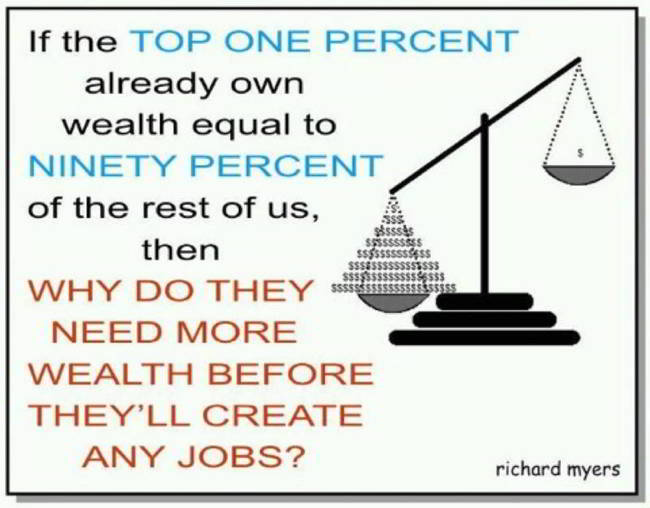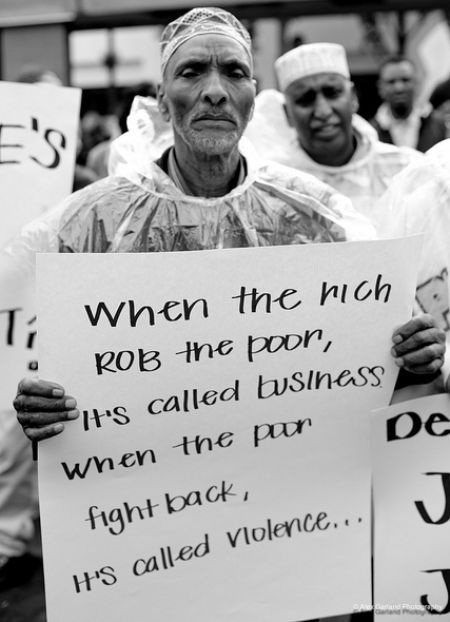Posted on March 15, 2012 in
Images 
The intersection between reproductive rights, health care and religion has been a bloody and treacherous place to travel for decades. The abortion issue as figurehead and lightning rod ignites the most heated social debates in the American political landscape, so much so that many decry such purely social and cultural issues as distractions from the real business of politics: the almighty dollar. So is it any wonder that there is an economic influence lingering around this controversy and that this association may be further impeding the progress of women’s reproductive freedom?
Dennis Howard, President of the pro-life group Movement for a Better America, has been researching the economic impact of abortion since 1995. In a 2008 interview, Mr. Howard asserted, “that the 50.5 million surgical abortions since 1970 have cost the U.S. an astonishing $35 trillion dollars, in lost Gross Domestic Product,” and “if you include all the babies lost to IUDs, RU-486, sterilization, and abortifacients, the number climbs to $70 trillion.”
The sum and substance of this position is that abortions and birth control shrink the population, causing loss in labor and consumer power and a decreased tax base for national revenue. However, the US population, even with access to birth control and legal abortions, is still steadily rising. According to the National Center for Health Statistics, the number of US births reached a record high of 4,315,000 in 2007, while that same year the CDC announced that life expectancy reached a new high of 78. So Americans are having more babies than ever and we’re living longer.
Even if Mr. Howard’s figures are accurate, overpopulation has plenty of its own set of detrimental economic and environmental side effects. In the United States, the expense of raising a child through the age of 17 can cost middle-income families anywhere between $221,000 and $300,000. This puts low-income parents–single mothers mostly–in an untenable position that often leads to recurrent poverty. Removing a woman’s right to choose not only removes her control over her body, but also her ability to control her economic future.
Continue Reading
















